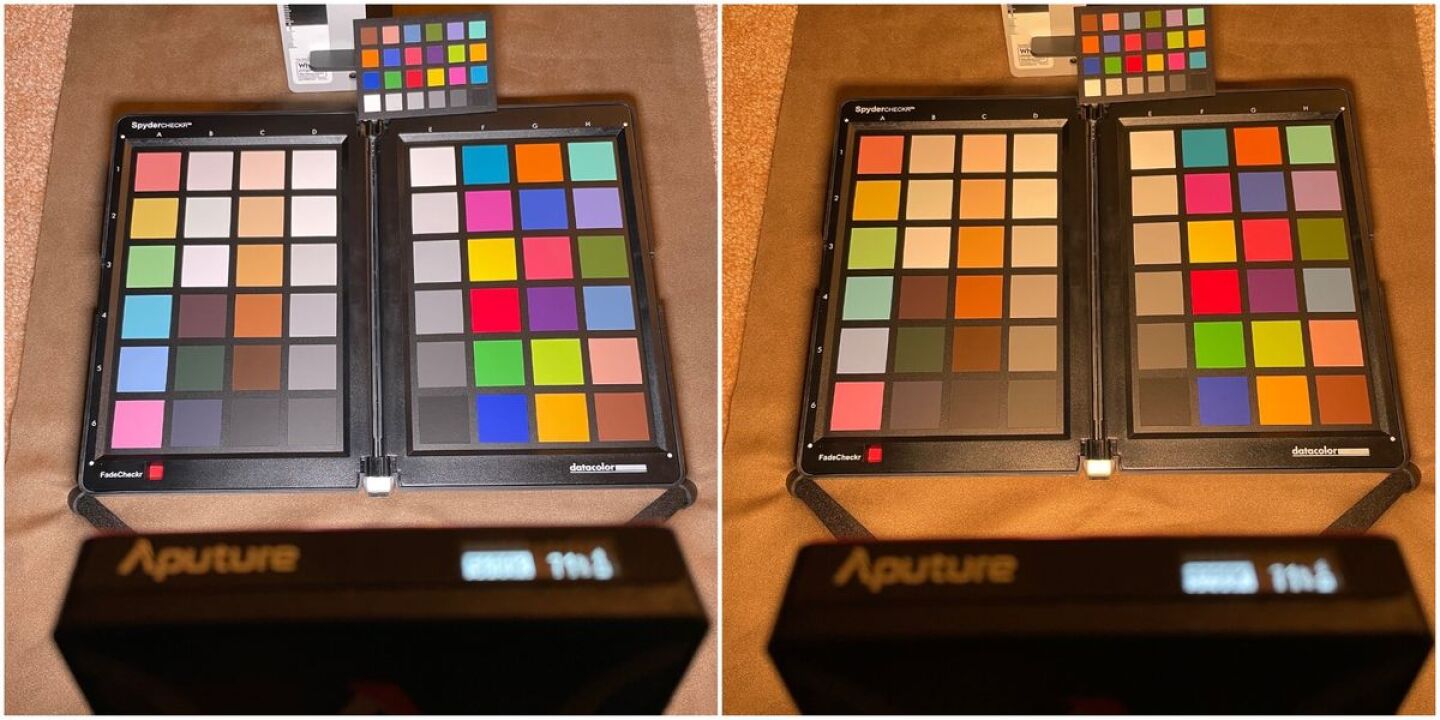Crime scene investigation (CSI) is big business. From specialized test kits to evidence markers, collection gear, cameras, lighting and even websites, dozens of companies create and sell equipment investigators can use to build their cases for the DA to take to court.
This series focuses on documenting your crime scene through photography mostly using commercial off-the-shelf products. While over 25 years old, the FBI Academy’s Fundamental Principles and Theory Of Crime Scene Photography contains dozens of guidelines and tips that still are relevant.
In this article, we take a look at lighting considerations.
Fluorescent, tungsten, daylight and more
While many crime scenes use bright lights for both safety and evidence searches, CSI photography needs specific lighting depending on the activity.
Before we can get into the specifics of lighting, we need to set a baseline. Our vision system is pretty amazing. It automatically color balances for us so that items that should be white will look white – most of the time.
Even though the sun, fire, traditional tungsten light bulbs, fluorescent tubes and LED lamps all look white to us, they have different “color temperatures.” What we perceive to be “white light” isn’t always white, but our brain makes corrections so that reds look red, blues look blue, and so on.
Modern digital cameras and smartphones use advanced algorithms to attempt to color balance a photo, often by recognizing faces then keying in on flesh tones, while pictures that were taken on film show definite color casts.
The color differences between different types of light jarringly stand out when seen in a photograph that has not been color balanced and you can see this by looking at old family color photos that were taken inside under different lighting conditions.
Fluorescents tend to lend a sickly green cast while tungsten lights turn everything yellow (see Figure 1).
The accuracy of a light source is called the color rendering index (CRI) – and an entire industry is built around measuring the ability of artificial lights to accurately reproduce colors. In addition to the International Commission on Illumination, other groups concentrate on the color accuracy of film, computer displays, projectors and printers.
While we won’t cover it here, it is important to understand the image processing that is done in smartphones and digital cameras and how to store and use images shot in RAW mode, which contain minimally processed data from the image sensor and records a ton of information about the photo
Returning to the scene of the crime
The color and accuracy of photos taken at a crime scene are paramount to gaining a conviction. If the defense can create enough doubt in what is presented at trial, the prosecution might lose the case. Is that lipstick stain red, maroon or wine-colored? Only through the use of color-neutral photographic equipment and high-CRI lighting – for every photo – can color accuracy be guaranteed across the scene.
Whether or not you have calibrated lighting, you need to disable your camera’s auto color balance, or if you cannot, then set it to “Daylight.” As stated earlier, if it has the capability, capture photos in RAW mode. Many smartphones have cameras in them that are just as good if not better than most low- to mid-range cameras – as long as the photographer knows how to properly use their equipment.
You can use an app such as Halide on iPhone and any app that supports the Camera2 API on Android. There is an extensive Halide manual, and this link (also available inside the app) offers you a free 10-day course via email.
Whether smartphone or camera, the first photo you take when arriving on scene should be of white balance and color reference cards. These two can be used in post-processing to tweak the color balance. If you do not have calibrated lighting, you should take a calibration photo after each move into different lighting. You can see a typical setup in Figure 2.

Figure 2: Each image from left to right and top to bottom: WhiBal G6 reference card, an X-Rite ColorChecker Classic Mini and SpyderCHECKR illuminated by an Aputure MC high-CRI lighting unit set to mimic daylight (left) and tungsten (right) without white balance correction. The daylight colors are accurate.
Ron LaPedis
In the next article, we will cover the types of lenses, lighting and color balance to achieve the most accurate representation of in situ evidence.
FREE RESOURCE: How to buy investigation software (eBook)




